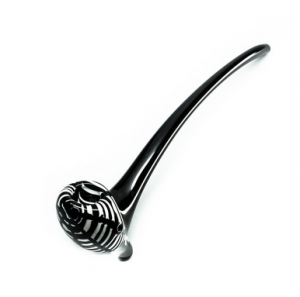


For all the he-man, macho attributes foisted on beer by marketing, it is surprisingly fragile and needs to be handled delicately. Carroll expressed shock at the number of ales that showed signs of damage from exposure to high heat or direct light. From the NYTimes article that inspired this post:Īs in every tasting of beer and ale, the biggest problem we encountered was with freshness.

A study of the American macrobrew industry reveals that the conquest of the market by the so-called luxury beers (like Budweiser!) in the 1960's was accomplished not by transporting beer to new markets, but by opening new breweries there.įifth, handling. This is both slightly patronizing and a way to snag a bottle that hasn't been transported over land and sea. In general, it's safe to take whatever beer is local at your place of purchase, especially if you are travelling or if the bar brews its own. Rubbing shoulders with the Belgian and English heavyweights is Boston's own Samuel Adams, which snagged golds with its SA Light and SA Winter Lager in the "lagers up to 4.2%" and "seasonal beers" categories. pdf), if you want to taste (or just name-drop) some champs. Click here for the 2004 International Beer Competition winners (in. Beer isn't ice cream, and having a "favorite flavor" will utterly ruin your connoisseur image. Before serving a good beer, allow it to warm up just a bit to bring out its flavor.įourth, selection. Not unrelated to pouring is warmth: beer should be served below room temperature, but above fridge temperature. This is a crucial skill, because in four out of five beer-related situations, your only opportunity to show off your aley knowledge will be the pour. Buy a twelve-pack of Schlitts and practice until you can fit the entire beer into a glass no bigger than the can without a drop of spillage. Just remember that lager is fermented and aged at cooler temperatures than other beers, which is why it ferments at the bottom. Stout - typically dark, heavy, and richly flavored, stout is "top-fermented beer made from pale malt, roasted unmalted barley, and often caramel malt."īeers in a Box explains the brewing process, and the distinction between top- and bottom-fermentation, but you don't need to know that to look smart. Lager - made with a bottom fermenting yeast, lagers are characteristically "smooth, elegant, crisp, and clean." Comparable to pilsener. Ale - made with a top fermenting yeast, ales are described as "hearty, robust, and fruity."īitter - a mainstay in English pubs, this golden-brown draft ale is top-fermented, hoppy, dry, and lightly carbonated.Ask Yahoo summarizes the basic types of beer neatly: This not only protects you from potentially destructive follow-up questions, but it also elevates you from a rather unphilosophical (and thus image-unfriendly) topic. Cultivate an informed bored detachment, and change the subject shortly after scoring whatever "I look smart" points you need to score. When talking about beer, the key is to appear as though you know everything without appearing too interested. So in advance of the Fourth of July weekend, here's the InstantExpert's guide to talking about beer as if you actually know it.įirst, attitude. Failing that, you should at least be able to pretend you know everything. InstantReplay thinks everybody should be an expert in everything.


 0 kommentar(er)
0 kommentar(er)
